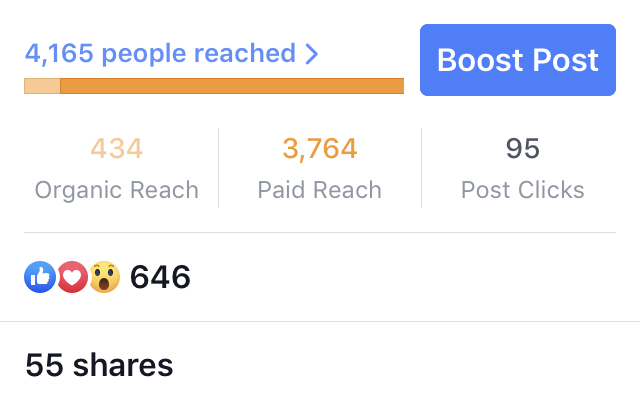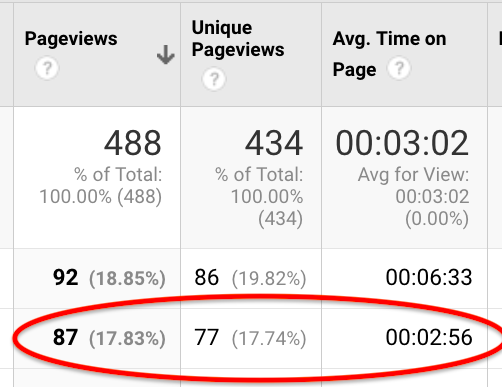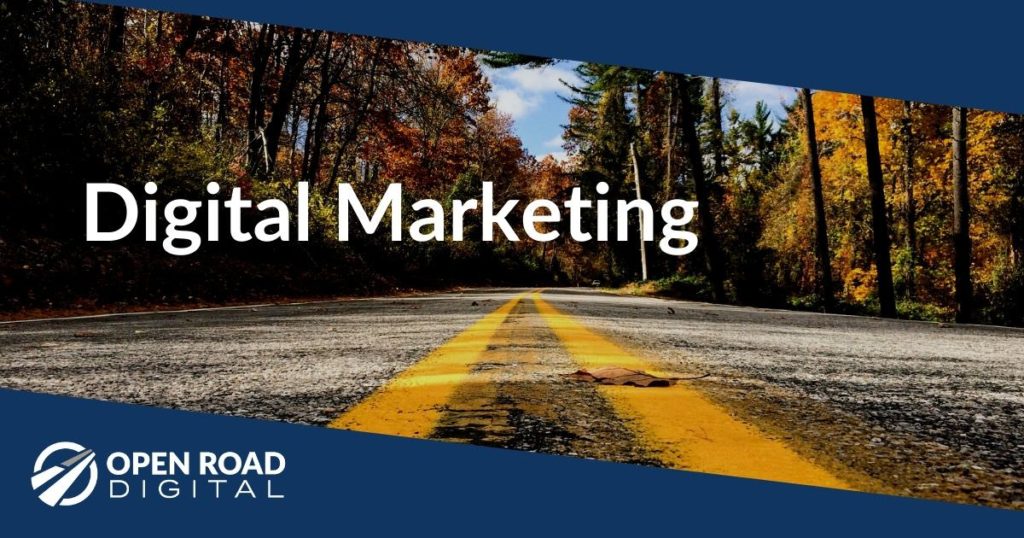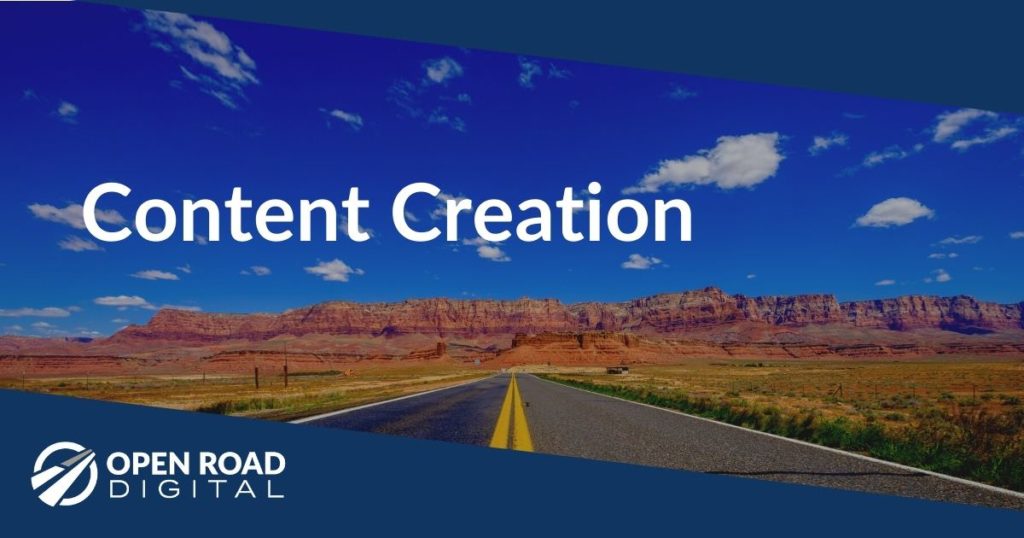When I give presentations on digital marketing, people normally hear me say that, “Online, no one reads anything. They just look at stuff.”
If you’re trying to use social media, websites, and blogs to market yourself, this statement may sound depressing. I don’t say this to dissuade people from using social media and other digital marketing tools, but rather to help them develop a constructive approach to digital marketing.
I think my assertion is correct, although it’s not 100% true, thankfully. People, in fact, do serious reading online and also engage with great content, people, and brands. The problem is, we tend to think (or hope) that digital strategies will make everything easier. Social media companies are partly to blame for this brand “promise.” It’s not necessarily “easier,” but digital marketing gives everyone a host of tools that were never available in the old days.
Social Media Is Superficial and Valuable, All at the Same Time
All this being said, take a look at the metrics of a recent Facebook ad I ran for a blog post that I hoped would really resonate with our target audience. Fortunately, it did:

For this particular website and blog content, these results, five days into a modest ad run, were fantastic: 646 Likes! Fantastic. However, only 15% of that number actually clicked through to the article (95 post clicks).
I appreciate that Facebook gives advertisers this data, but it shows you how superficial social media is, even when you present valuable content to your audience. People click “Like” but many don’t even know what they’re liking, because they haven’t read what’s behind the link. At the least, we know they liked the headline and the image included with the article link (that headline and image are what’s called metadata – more on that below).
It takes time to build understanding, appreciation, and trust in Real Life, so why shouldn’t it be the same in Digital Life?
Nicholas Kosar
People Really Do Value Great Content
On the bright side, looking at these metrics, over half of that 15% of click-through value shared this content. In other words, while there were only 95 click-throughs, 55 people decided to share this content to their own networks. This “evangelistic” sharing metric is a good sign – it means that people are willing to associate themselves with what you are publishing and promoting. And that means they find the content valuable. In engagement metrics, a Like is great, a Comment even better (perhaps), and a Share is highly desired.
Aiming for quality is important. This is not to say that every blog post needs to be a 5,000-word essay with endnotes. You can look at your Google Analytics (which should be linked to your website) to get an idea whether your site visitors are getting value out of your content. How do you do that? For that, it helps to switch over to Google Analytics. For the same article, here’s GA’s data:

In the case of our promoted Facebook post, the Google Analytics data was nearly identical, but also showed that the average time readers stayed on that page was nearly three minutes, which is about how long it would take to read this particular article. This metric is validation that, for those who DO click through to the content, they are actually reading the full content.
(By the way, if you are wondering why your Facebook metrics might be different than, say, your Google Analytics data, this article gives some explanations about the discrepancies.)
Let’s Lose the “Broadcast/Go Viral” Mentality
We should all admit it – myself included: We would love for our content to “go viral,” for a million eyeballs to see and appreciate our work. But it rarely happens. And that’s not bad at all. Why?

The digital reality is that people only slowly warm up to your content. They don’t notice it at first, or don’t fully appreciate it at first. Think of your content as a steady drip, not as one huge blast that is supposed to solve all your marketing problems. Over time, people do see the value. Most importantly, you want the right people to appreciate it. Keep up the steady work of sharing and promoting valuable content, and people will let you know that they appreciate it – sometimes they will tell you that in person!
This “Digital Reality” is no different than “Old School Reality.” In real life – in human-to-human interactions – rarely do we immediately buy something, or hire someone, or marry someone. It takes time to build understanding, appreciation, and trust in Real Life, so why shouldn’t it be the same in Digital Life?
These metrics show that, if you want to earn trust, pull in new clients, and develop strong networks with good people, it takes time and a certain number of “touches” with other people. That is not a failing of social media and digital content. It simply proves that people are normal, and busy. We have to earn the right to develop deeper relationships and win client matters.
Content Marketing and Social Media Takeaways
What can we take away from all this? A few things:
- Content: Your content should be about what matters to your prospects, not you, which is one reason I suggest avoiding the “you should share X times per week” practice, which is really centered on oneself. Instead, write about what resonates with your target audience, and share that content when it may be best for them. Respond to their concerns and questions.
- First Impressions Count: On social media, when a link is shared, there are three things people immediately react to: the article image, the article headline, and whatever message you included with the social share. These images and headlines are part of the metadata of your website, which are valuable properties. Learn more about metadata here.
- It’s Not Broadcast Media: Don’t worry that people aren’t paying immediate attention to everything you say. They are busy. Remember that it is called SOCIAL media, not broadcast media. Others on social platforms are not there waiting for our next piece of content.
- Pay Attention to Others: Ever been to that cocktail reception where you get stuck with that guy who only talks about himself? Yeah, he’s boring. The best conversations are give and take, and require listening as much as presenting. So go online sometimes to only pay attention to, and react to, what others are sharing. They will appreciate it, and appreciate you.
- Patience Is Required: In real life, relationships are usually built over time, founded on trust and understanding. Take this same approach with social media. It’s difficult to be patient, and we all want immediate results, but in this way, social media mirrors real life.
- Focus on Your Home: Think of social media as distribution channels that the social media companies can change or take away from you at any time. You don’t own your social media. Your most valuable content should reside on that place that you do, in fact, own: your own website. Your home says a lot about who you are, so put great content there and pay attention to technical website fundamentals such as UX, responsive design, calls to action, staging capability, metadata, https, and the like.
Water drop image credit: Erda Estremera on Unsplash




